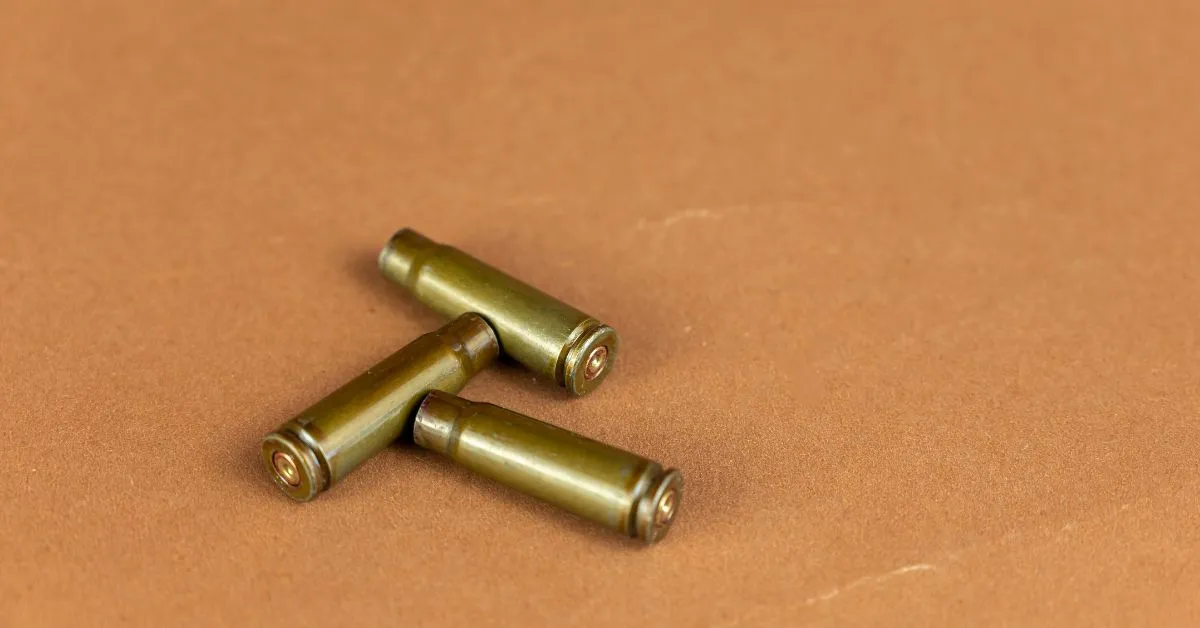Over five days in August 2024, from August 9 through 13, the National Organization of Black Law Enforcement Executives (NOBLE) held its 48th Annual Training Conference. One of the sessions included “Success with Less: Leveraging Crime Gun Intelligence Strategies.” Kevin Johnson, Director of Customer Success for SoundThinking (formerly ShotSpotter), moderated a panel that focused on how to leverage the resources of the National Crime Gun Intelligence Center Initiative, particularly the contribution of the ATF’s National Integrated Ballistic Information Network (NIBIN) ballistic identification system for tracking where and how crime guns are used.
Evidence Entry in NIBIN
Using NIBIN effectively depends on meticulously collecting shell casings at a gun crime scene and promptly entering them into the NIBIN system. Presenters emphasized that making the process work depends on buy-in from agency leadership. One of the speakers shared their experience working in the crime lab and how supervisory staff had to overcome skepticism on the part of the command staff when they asked for an analyst to be embedded in the department’s crime lab.
Once the analyst was hired and began using the department’s RMS (Records Management System) system to identify crime trends and patterns, the officers were surprised that the results from data analysis aligned with the patterns they had already discerned but did not have the data to support their thoughts. The analyst noted the location of the shell casings was noted in the crime scene reports but not the RMS, making analysis more difficult. Making a minor adjustment in the data allows the analyst to gather gun crime data more efficiently and the information entered in NIBN more easily.
Benefits and Challenges
An added benefit to changing the model of gun crime investigation is the addition of prosecutors to the investigatory team. When information is sent to an officer, she also sends it to the prosecutor, who is now embedded with the crime lab, officers, and investigators and can advise them on what charges the evidence can support.
The panel presentation noted one of the challenges in adding gun crime intelligence components is the associated costs. They discussed the challenge of obtaining adequate funding to acquire resources and technology to be more efficient. It was mentioned how grant funds often come with strings attached, like an agreement to maintain the program after the grant runs out, turning it into an ongoing financial burden.
Using Technology to Investigate Gun Crime
One of the speakers pointed out that using technology is part of the endless cycle of evolution and adaptation for law enforcement and criminals and has become a priority for police to stay current. The panelist described seeing a video of someone shooting, with another person following him to pick up the shell casings because criminals now understand that NIBIN results can link them to a crime.
Another panelist shared the value of acoustic gunshot detection for helping locate shell casings. The speaker described how officers might get a call for a shooting incident that just names an intersection or a park. The responding officers end up stopping anyone who happens to be nearby, frisking and spot-checking them, and interrogating them about the shooting. That approach changes if they know where to look for the crime scene. It not only becomes more likely that the officers will recover the casing quickly, but it also reduces the police’s impact on the citizens who happen to be in the area.
Contact us to Learn More about Acoustic Gunshot Detection
Trust the Evidence
A panelist seconded the importance of precise locations and trusting acoustic evidence. Recounting an incident where an officer was sent to the site of a shooting, where the gunshot detection indicated that it happened in the middle of a field, the speaker said the responding officer reported that the scene was just a vacant lot and left. The panelist said another call followed 20 minutes later to report a double homicide, precisely where the acoustic gunshot detection system pinpointed the incident, which was not easily visible to the naked eye.
Gunshot detection helps produce additional evidence with shell casings that were located and need to be entered in NIBIN. More evidence means more investigative leads and a higher possibility of linking crimes through the firearms used. One of the panelists emphasized the large part acoustic gunshot detection plays in locating gun crime evidence.
The panel concluded by urging the attending executives to recognize the responding officers’ contributions to recovering ballistic evidence, which is crucial to solving cases. The speakers emphasized the importance of acknowledging the efforts of officers on the scenes of gun crimes, as the officers often operate in challenging conditions to gather the evidence that lays the groundwork for successful investigations.
Download the Applying Best Practices for Gun Violence Prevention eBook




